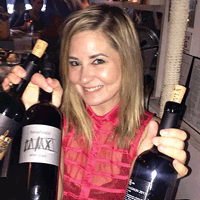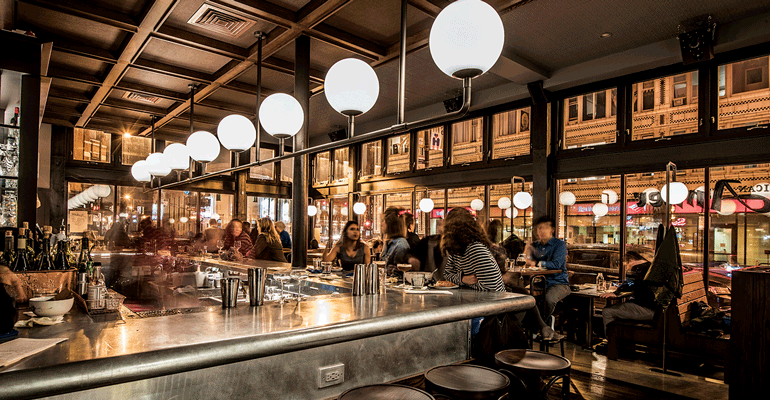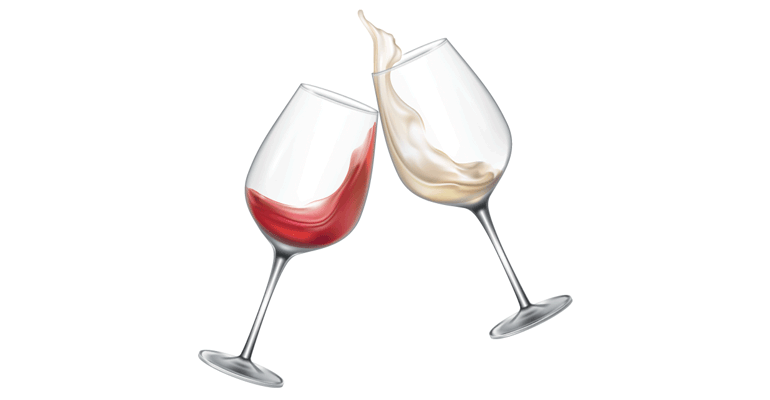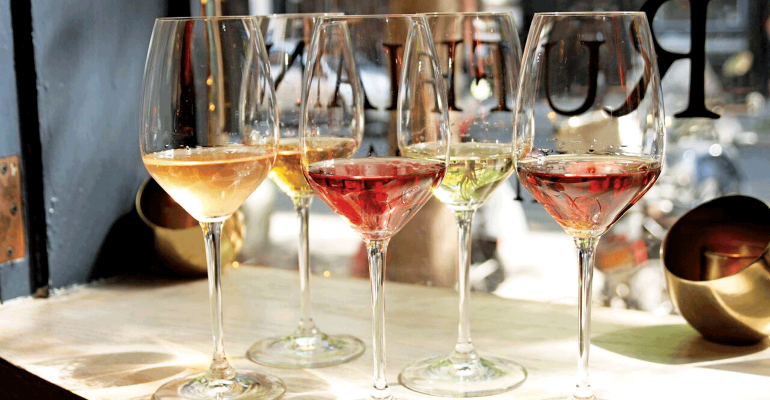Restaurants across the country are increasingly pouring a category of wine called “natural,” and customers are drinking it up.
With no official definition or rules and regulations governing natural wine and a variety of styles available, it is difficult to quantify the demand, but sommeliers who serve it said the category is growing.
“It’s 100-percent growing. It is undeniable that there is a movement toward natural wine,” said Tara Hammond, a natural wine importer for Blue Danube Wine Company and a sommelier at Ruffian, a wine bar and restaurant in New York City.
 It’s 100-percent growing. It is undeniable that there is a movement toward natural wine.
It’s 100-percent growing. It is undeniable that there is a movement toward natural wine.— Tara Hammond, natural wine importer and Ruffian sommelier
While customers drinking more wine of any kind is a plus for restaurants, many operators are unsure exactly what natural wine is and whether they should be adding it to their menus.
Often defined as “low intervention” or “additive free,” natural wine is described as having a lot of terroir, or a sense of where and how the grapes were grown.
“Natural wine is a philosophy, organic or biodynamic viticulture are the tools,” explained Francine Diamond-Ferdinandi, sommelier at Officine Brera and The Factory Kitchen in Los Angeles. “The movement started in the 1980s, in France, in rejection to the use of chemicals, filtering and fining, intense use of sulfur and [wine advocate] Robert Parker’s point system.”
Seth Wilson, wine director at the recently opened Booth One in Chicago, put it another way:
“It’s the most pristine representation of how a grape shows itself in its naked form, without any cellar manipulation. Natural wine is like a photograph from a 35mm camera in contrast to the vast social media filters we’ve all become accustomed to.”
Powering the rise of natural wine are several other concurrent food and beverage trends, including clean eating, craft beer, and fermented and sour foods.
“An increasing number of people are demanding safer, purer and sustainable products, and natural wines fall into this camp,” said Allie Poindexter, co-owner and sommelier at Henrietta Red, a small-plates seafood restaurant and bar in Nashville, Tenn.
Poindexter likes to look for up-and- coming producers of sustainable and organic wines, and features many on her menu.
Also contributing to the trend is a retaliation to a boom in industrial wines, Hammond of Ruffian said, including scandals where wineries have been accused of adding all kinds of non-food ingredients to wine.
“This exposure alerted the public to these manipulated wines,” she said. “Things have been uncovered and now the market is responding.”
Purity and an ability to pair well with food are among the appealing factors of natural wines for Chantelle Corbo, sommelier and wine director of RBC Hospitality Group.
“Natural wines have a certain vibrancy, something that feels pure and untouched,” she said. “I find they pair incredibly well with food. You can count on them to have minimal makeup and a more transparent flavor.”
Corbo plans to offer this category of wine at RBC’s forthcoming Bell Market, a food hall and upscale bar and grill in Holmdel, N.J.

Publican Anker keeps prices for natural wine lower than competitors.
For Bret Heiar, wine director at Publican Anker in Chicago, the chief selling points of natural wines are their accessibility and affordability.
“That’s the future: more of that casual relatability, less precious,” he said.
At Anker, Heiar offers an “unorthodox yet approachable list of Old World, European-focused varietals and natural wines.” It doesn’t have to be expensive, and he keeps prices lower than nearby competitors — around $8 a glass and $40 to $50 per bottle — by limiting the markup, something he said customers are tired of.
In general, sommeliers said the price of natural wine varies in the same way conventional wines do, so they aren’t necessarily less expensive.
And although natural wines are a match for these particular restaurants, wine experts said they aren’t one-size-fits-all.
“It has to be the right fit for the right venue…Restaurants where you can hand-sell, restaurants with servers or bartenders that can walk [customers] though it,” said Kyle Thacker, marketing director at Uncorkd, a Chicago-based consulting company that provides beverage management software for restaurants.
Even when natural wine fits with a restaurant’s ethos, adding them can present some hurdles.
“There is an increasing demand for natural wines, although there is a ways to go,” Poindexter of Henrietta Red said. “There are still misconceptions that natural wines are ‘dirty,’ or there isn’t as much care taken in their creation. In actuality, natural wine producers are some of the most devoted and quality-conscious folks in the wine community.”
Wine experts agreed that education is key to surmounting the challenges of natural wine.
“The most important advice I would give is to educate the staff,” said Hammond of Ruffian. “At the end of the day, that is who is directly influencing the end consumer, so they must be informed and able to describe the wines in a way that makes sense to an average wine drinker. Stories also help because people get excited about having a connection to the wine. I haven’t met many natural wines that don’t tell a great story.”

Grape expectations
What to expect from wines labeled natural, organic, biodynamic or sustainable:
Organic
Organic wine is made without prohibited substances, genetically modified ingredients or intervention. The only wine category certified by the USDA, it is subject to the same strict regulations as other USDA-certified organic products. It’s worth noting that many wine producers have been making wine using organic methods for decades, but find it too costly, or simply unnecessary, to obtain official certification. For more information, visit usda.gov.
Biodynamic
A holistic approach to the vineyard ecosystem, producing wine without the use of synthetic chemicals or manipulation . There is no official government regulation or designation.
Sustainable
Sustainable is a bit of a catchall term for wine made using practices that are ecologically sound, economically viable and socially responsible. Like biodynamic, there is no official designation for this type of winemaking.
Natural
Described as low-intervention, additive-free wine, natural wine is the least formally defined category. There is no official or legal classification, or standard set of operating procedures to define it.





